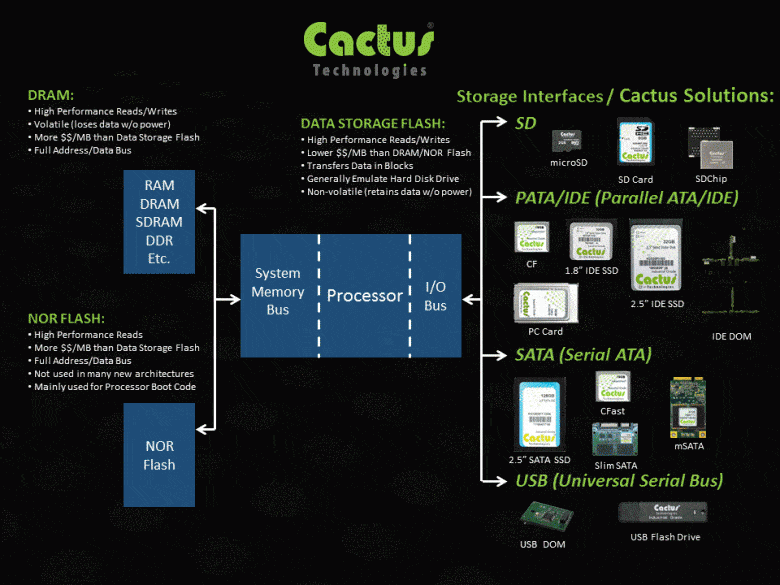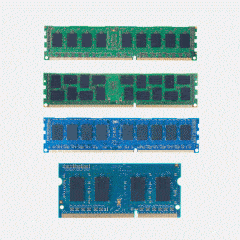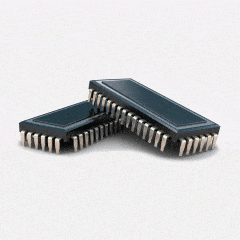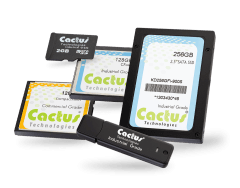Navigating Flash Storage Choices for Embedded OEM Design
 There are many flash memory choices available to OEM Embedded System designers. Depending on the system requirements, different architectures and flash memory technologies can be used to accomplish design goals.There are several types of memory used in embedded designs as shown in the image above. Based on their advantages and disadvantages, they are used for different functions.
There are many flash memory choices available to OEM Embedded System designers. Depending on the system requirements, different architectures and flash memory technologies can be used to accomplish design goals.There are several types of memory used in embedded designs as shown in the image above. Based on their advantages and disadvantages, they are used for different functions.DRAM (Dynamic Random Access Memory):
 DRAM, aka System Memory, is a very high performance read and write memory used to store current memory instructions, look up tables and other items on a temporary basis.
DRAM, aka System Memory, is a very high performance read and write memory used to store current memory instructions, look up tables and other items on a temporary basis.
The reason for this temporary basis is because DRAM is volatile and loses all data when power is removed.
The advantages of DRAM are its fast performance and random access which allows access to individual bytes of data.
Disadvantages are the volatility and higher price than NAND based products.
NOR Flash:
 NOR flash is a byte addressable flash storage which has relatively high performance reads and slower writes.
NOR flash is a byte addressable flash storage which has relatively high performance reads and slower writes.
The advantages of NOR flash is its fast read performance for processor instructions and its non-volatility.
Disadvantages are its slow write speeds and significantly more expensive architecture than NAND flash.
Data Storage Flash (aka NAND-Based Flash Storage):
 Data Storage Flash has high performance reads and writes and is typically connected to the Input / Output bus of the processor. It transfers data in blocks as opposed to bytes. The silicon architecture required for block transfers costs significantly less than the byte addressable DRAM and NOR architectures. For this reason, it is commonly used to store the operating system and application of embedded systems.
Data Storage Flash has high performance reads and writes and is typically connected to the Input / Output bus of the processor. It transfers data in blocks as opposed to bytes. The silicon architecture required for block transfers costs significantly less than the byte addressable DRAM and NOR architectures. For this reason, it is commonly used to store the operating system and application of embedded systems.
The advantages of Data Storage Flash is its high performance read and write speeds, non-volatility and relative low cost. The disadvantage is that is cannot be addressed by byte, only by logical blocks.
Cactus Technologies designs and manufactures a wide variety of Embedded Data Storage Flash devices. We would be happy to assist you with your next Embedded OEM design. If interested, please talk to a Cactus Expert.






